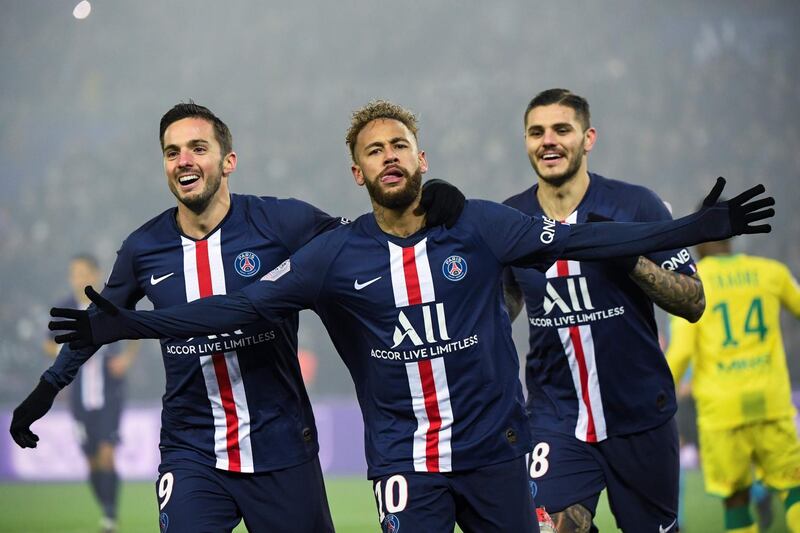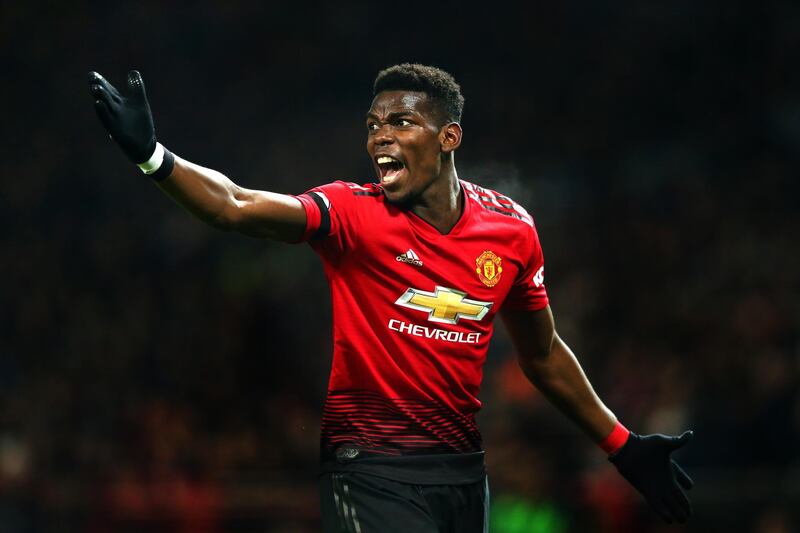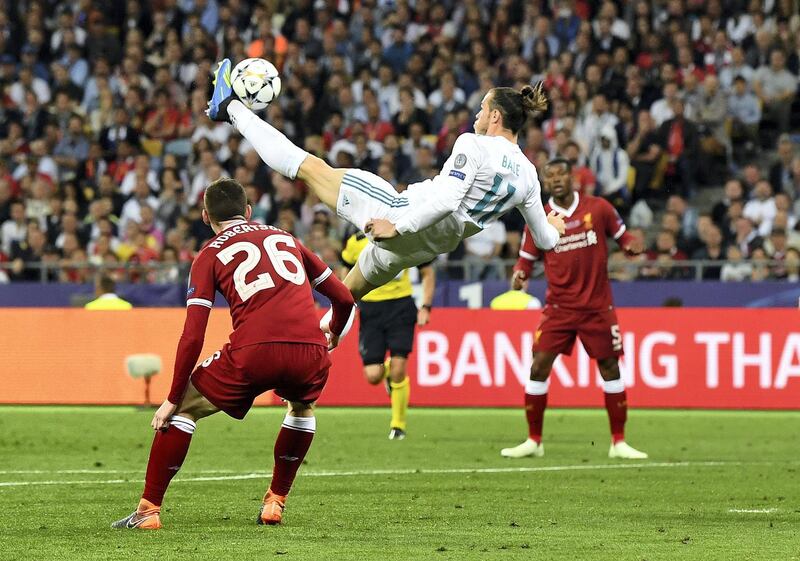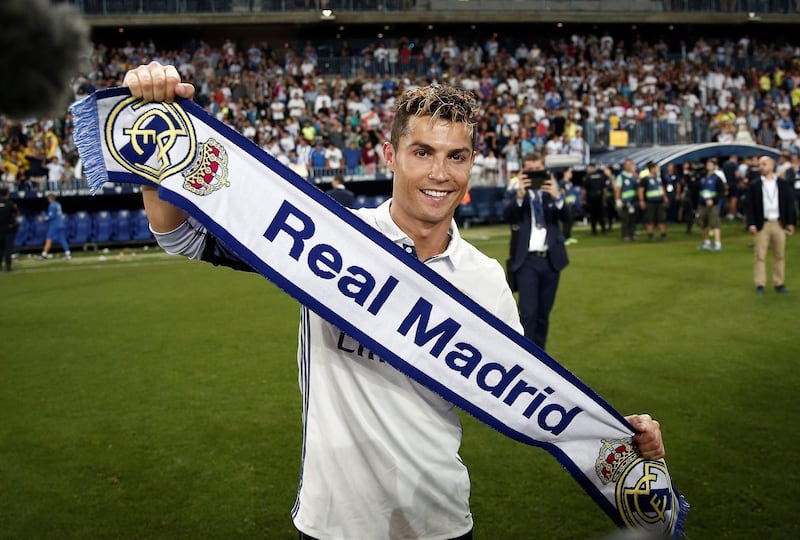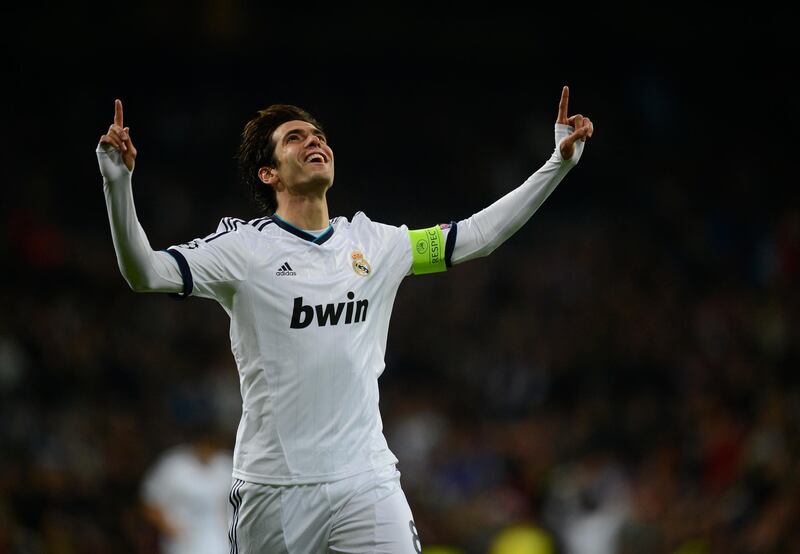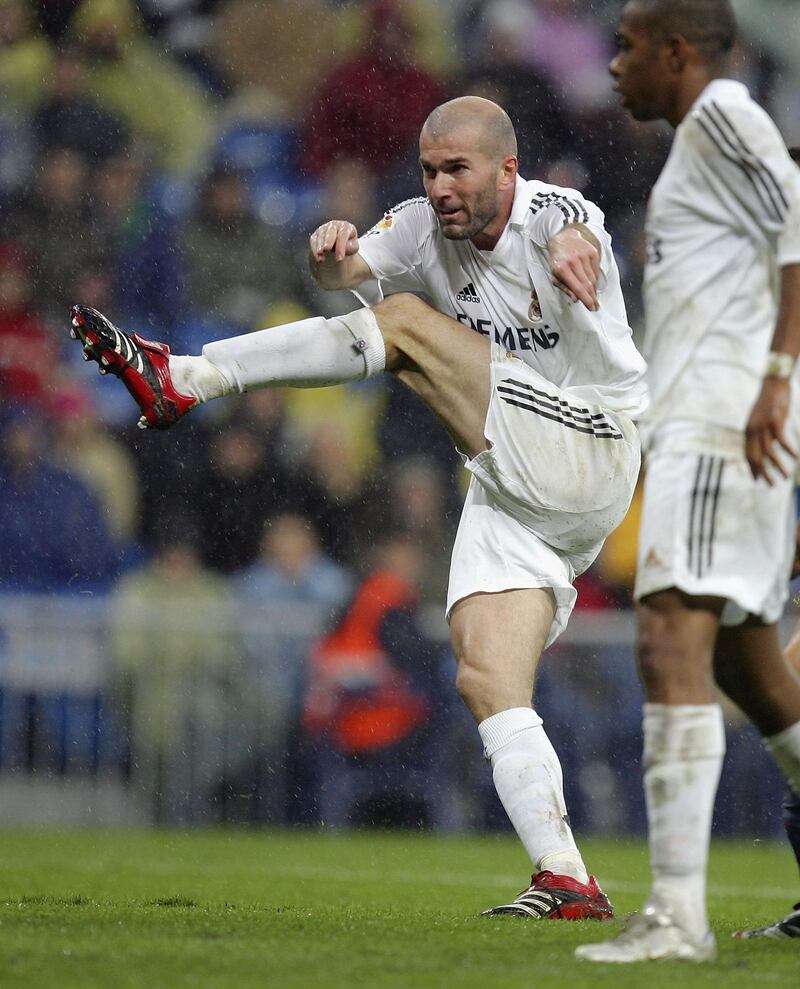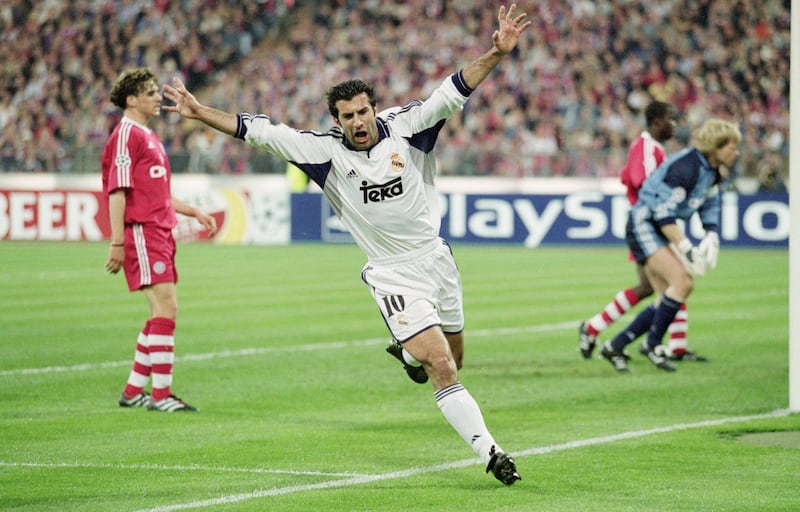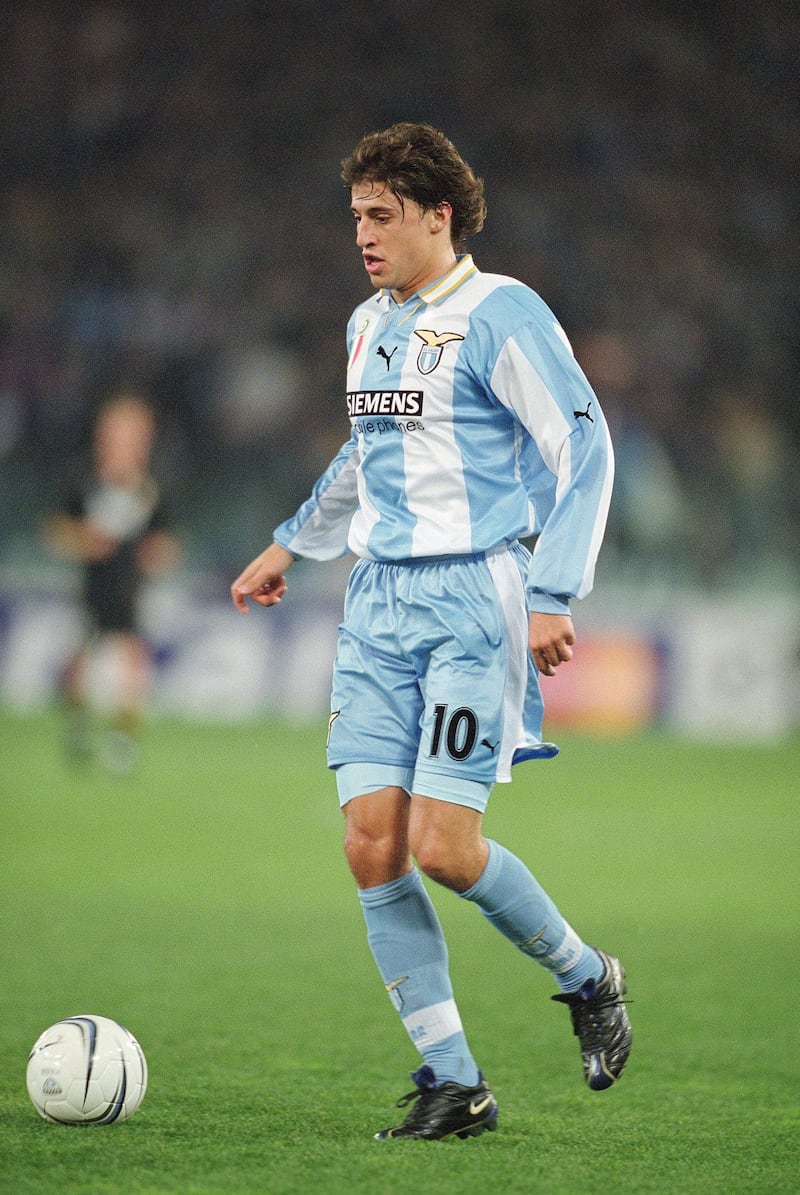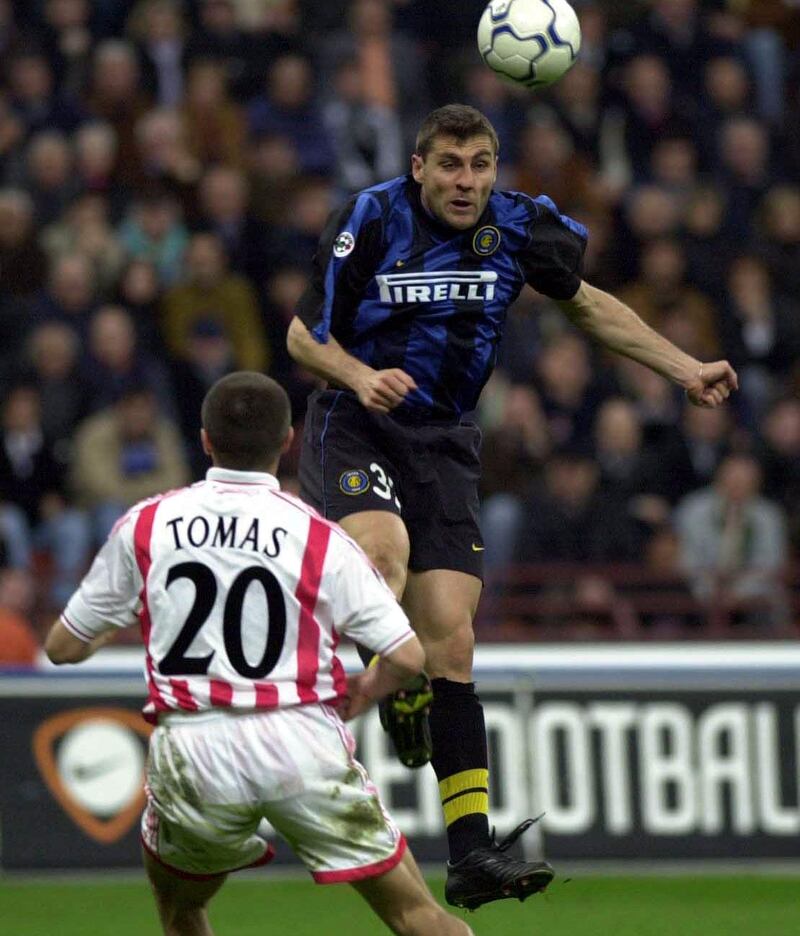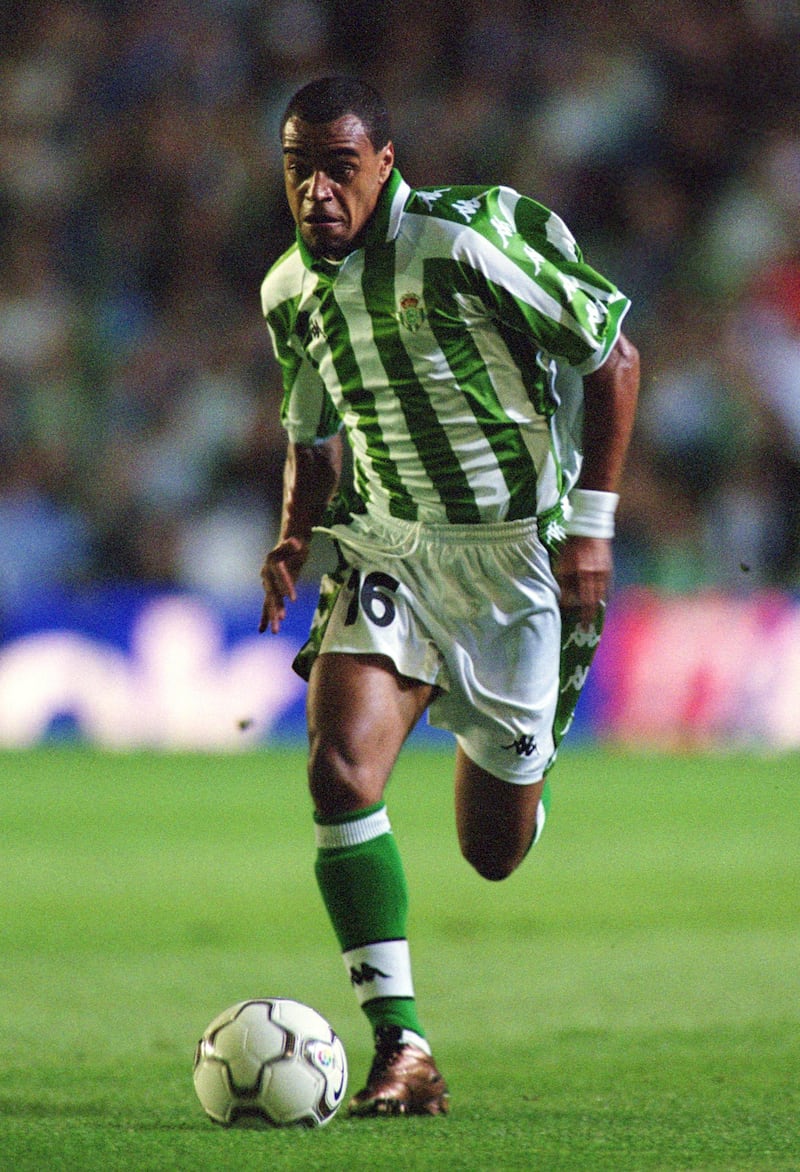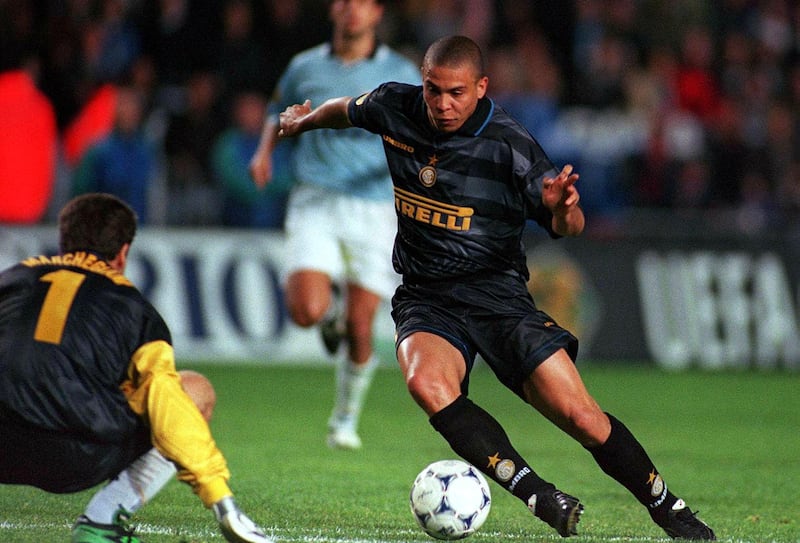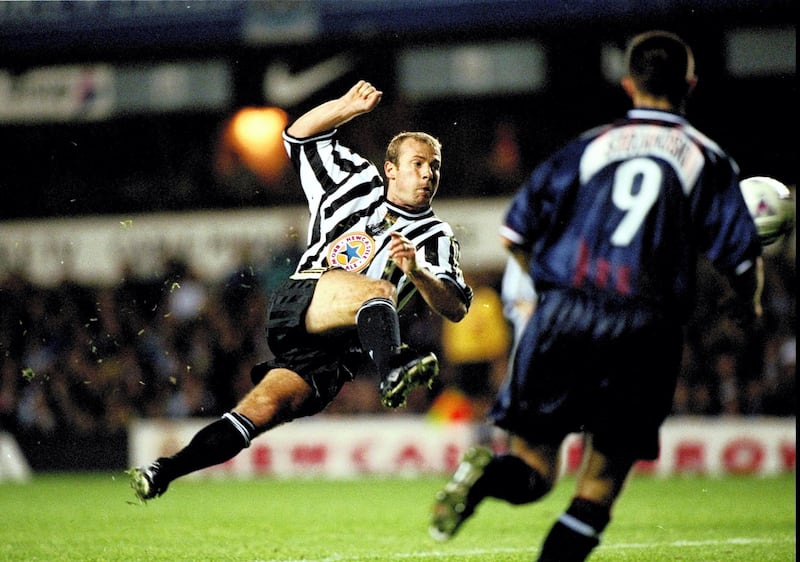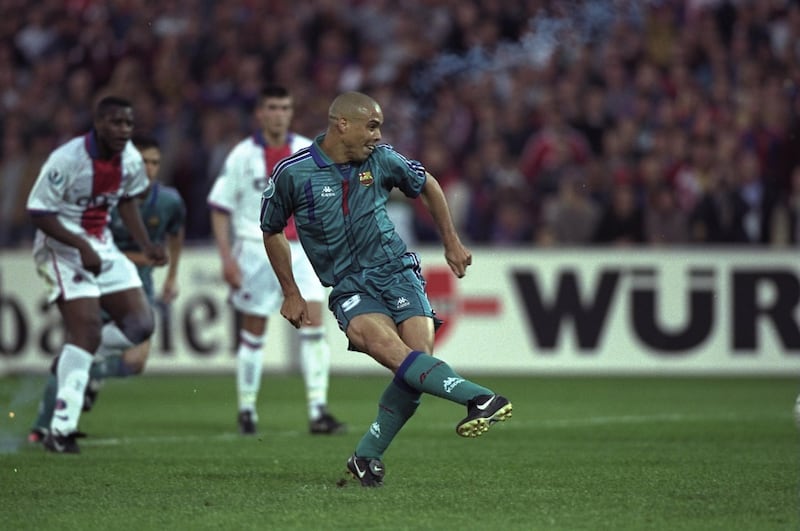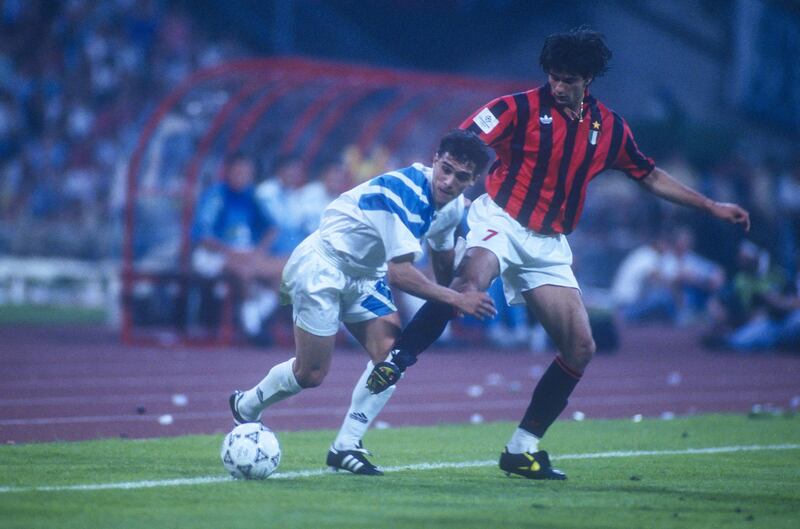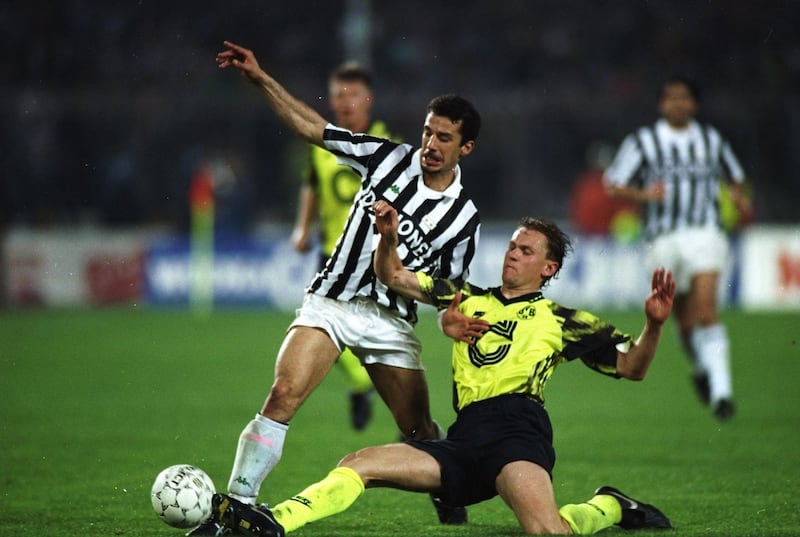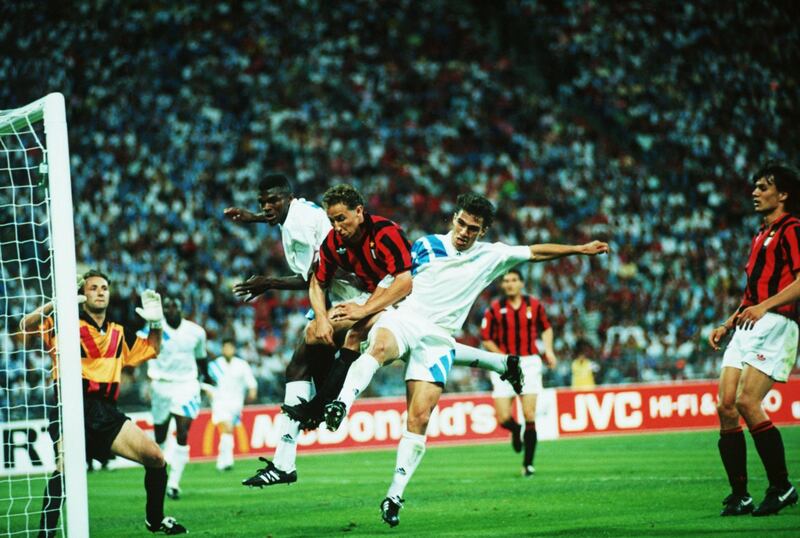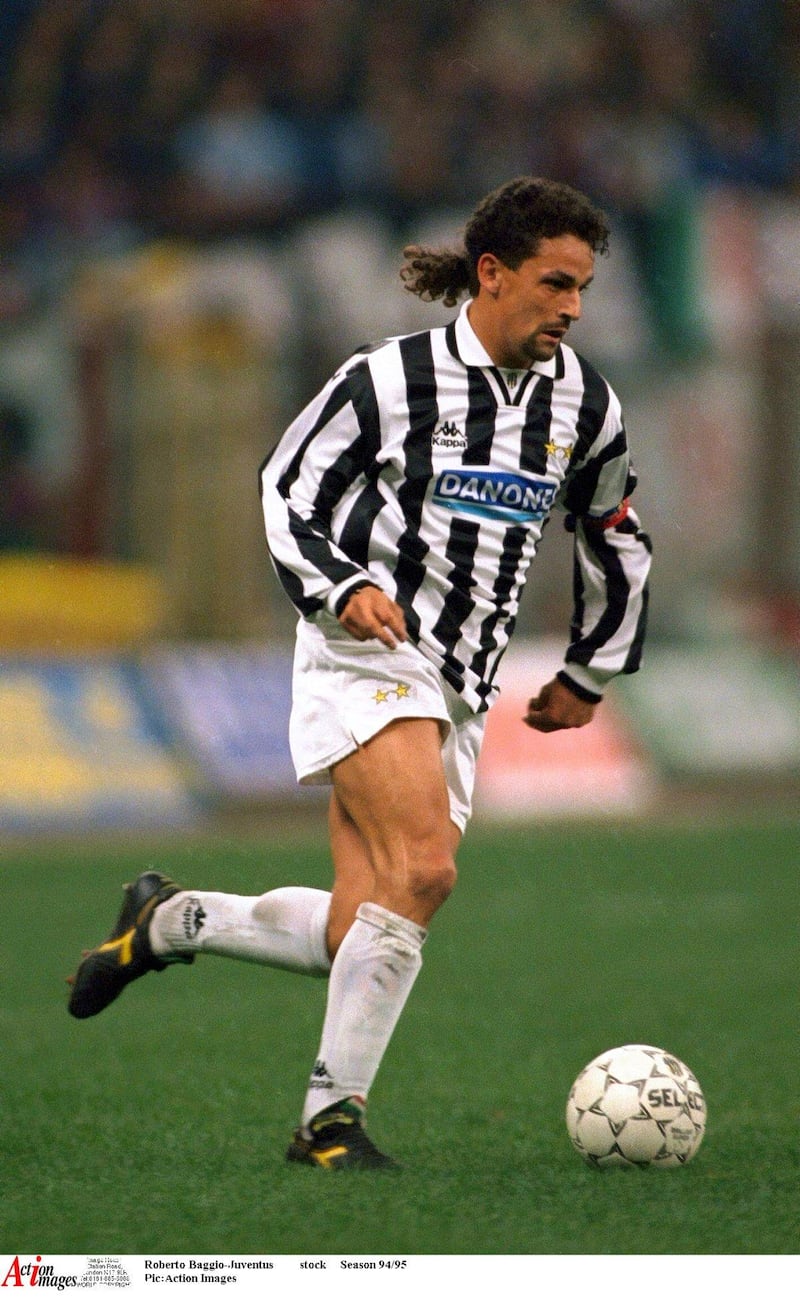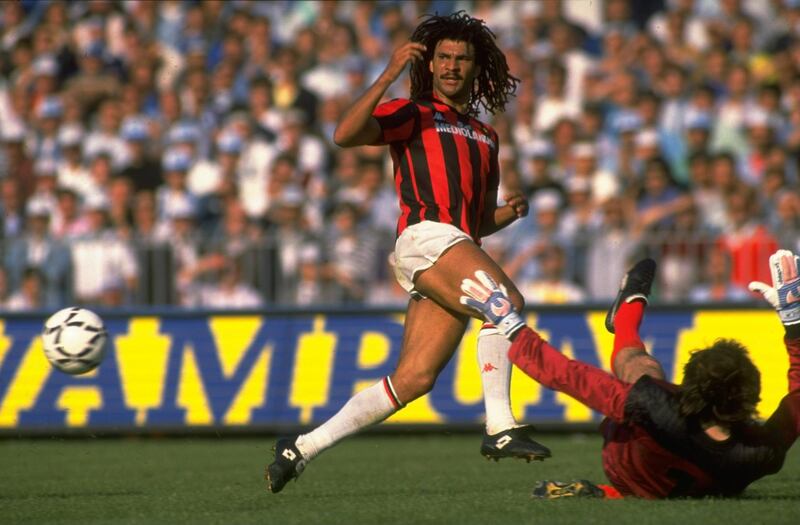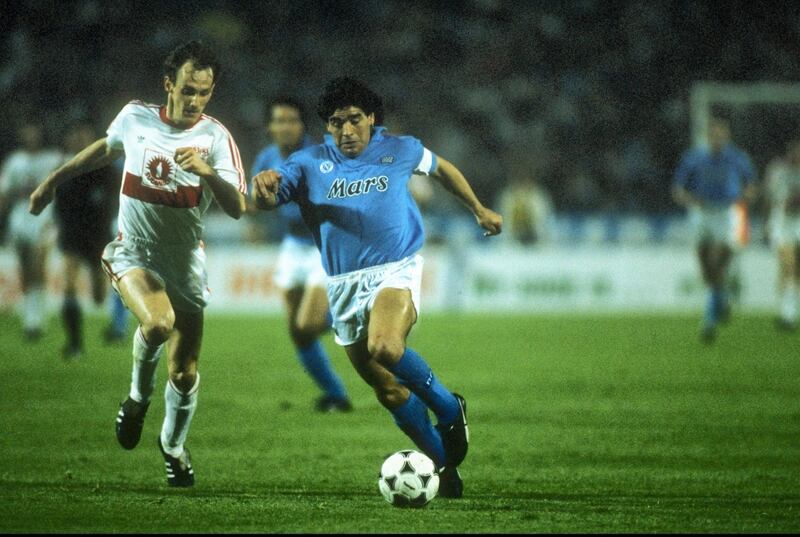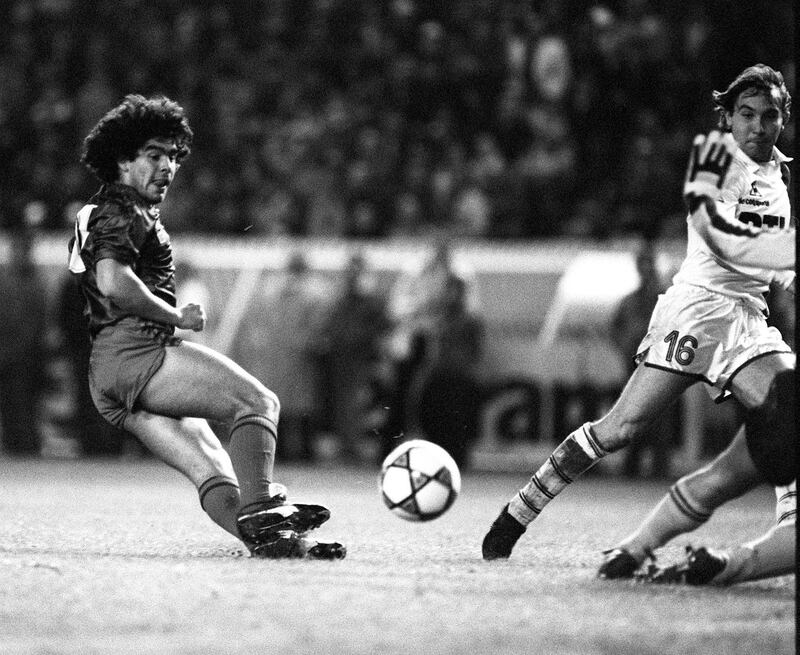Four years ago, Jose Mourinho was a record-breaker.
His Manchester United made Paul Pogba the most expensive footballer in the history of the game. That £89 million (Dh400m) fee stood apart for a year.
Then Paris Saint-Germain paid £198 million for Neymar. If that immediately looked an extraordinary outlier, the coronavirus crisis has confirmed it.
Football finances will be transformed; particularly when it comes to transfers.
Mourinho has often been a byword for big spending, but he warned this week: “You are going to have a different market. I don't see the world – especially the football world – ready for some crazy numbers we used to have.”
The Tottenham manager has spent more than £1 billion purchasing players but said now: “I would like to see my club … not spend rivers of money.”
They won’t; not after constructing a £1 billion stadium that is now empty. Nor will Arsenal, who drew almost a quarter of their income from matchday revenue and now face a world without crowds.
United are better insulated but managing director Richard Arnold warned last week: “The economic ramifications from this pandemic will continue to resonate for years.”
Premier League clubs spent £1.4 billion in the summer 2019 transfer window. They will not in 2020; not when their total losses from Covid-19 may top that.
Now caution may be the watchword. Football finance expert Rob Wilson from Sheffield Hallam University said: “A number of clubs are looking at this and thinking: ‘Hang on, we probably need to build up some level of cash reserves’. You do that by lower transfer spend.”
One agent suggested advising footballers to wait for a year for the market to recover.
Another highlighted how clubs in financial trouble could be prey for predators: a £60 million player, in the prices of a few months ago, might be plucked for £15 or £20 million, he thinks.
Anyone with cash in the bank could be a winner but, at a time when belts are being tightened, conspicuous consumption may feel tone-deaf. It is a reason why some at clubs think swap deals and loans may seem more acceptable than big-money deals.
Yet financial models were predicated on the transfer market continuing. Consider clubs in very different positions.
Aston Villa have spent around £150 million in the last year. If relegation was always a possibility, they could have banked on receiving a windfall for players like Tyrone Mings and Jack Grealish.
Perhaps not with rapid deflation. Norwich, too, may have thought the precocious trio of Max Aarons, Ben Godfrey and Todd Cantwell had a combined value over £70 million. Surely not anymore.
Brentford have often been deemed the Championship club others want to emulate.
Experts at identifying and improving talent have brought in over £100 million in sales in the last five years.
Forwards Ollie Watkins and Said Benrahma, like last summer’s sale Neal Maupay, looked worth over £20 million. Not now. Championship clubs, invariably loss-making and with their greater reliance on matchday revenue, will see another income stream decimated.
Nor are the elite immune. Bayern Munich may bid for Manchester City’s Leroy Sane, but not at a price of, say, £75 million.
Liverpool have been savvy sellers but smaller clubs are less likely to pay premium amounts for Loris Karius, Xherdan Shaqiri or Harry Wilson and thus fund a deal for Timo Werner.
Chelsea have long seemed to have equity in their vast squad but the fringe players – Michy Batshuayi, Tiemoue Bakayoko, Danny Drinkwater, Davide Zappacosta and co – have any value in a market with few buyers?
If Neymar’s will remain the craziest number of all, even many of the more normal numbers will disappear as the rivers of money slow to a trickle.
